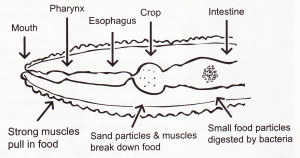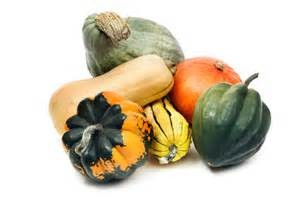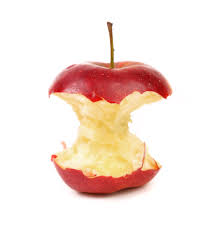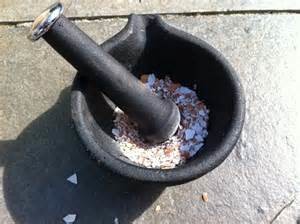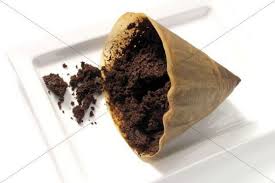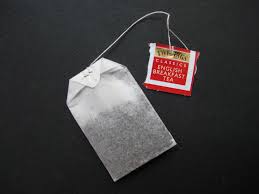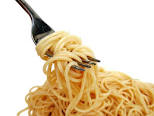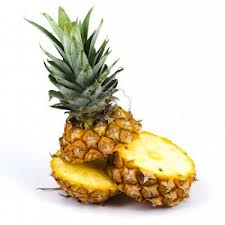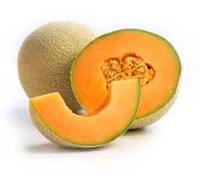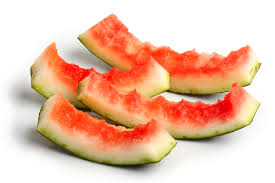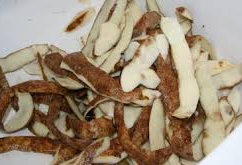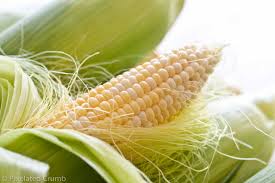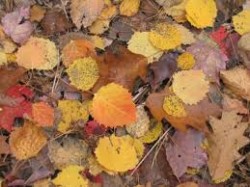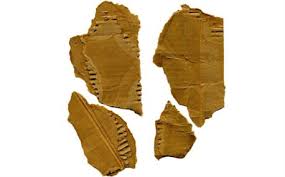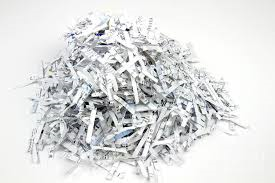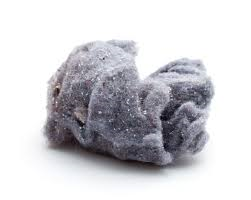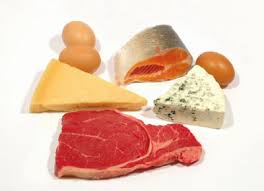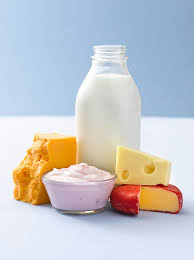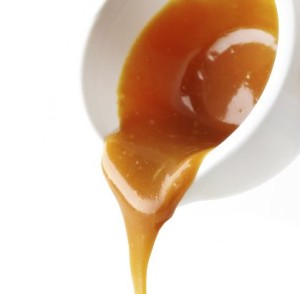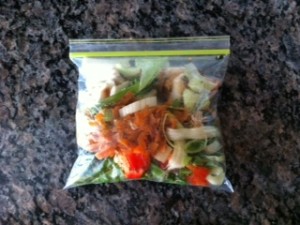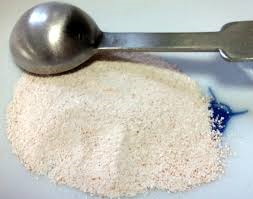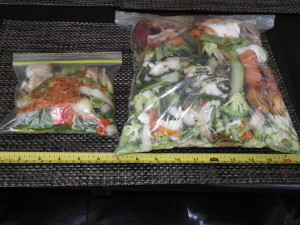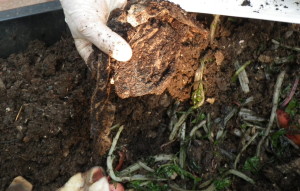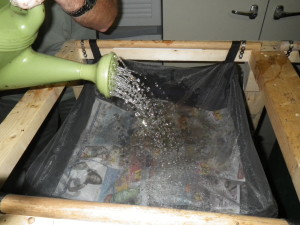...Worms Love To Eat
- All vegetables, both cooked or raw, including corn on the cob, silk & husks; anything in the squash family. Raw foods take longer to be decomposed. Worms love pumpkin (remove seeds).
- Any fruits; citrus skins in moderation as mold has to start to decompose the skins before the worms will move in.
- Pineapple tops and skins.
- Watermelon rinds.
- All cardboard material in small pieces. Good idea to always add 2" of dry cardboard products with each feeding. Worms like a mixture of 20-50 parts carbon (newspaper, cardboard, etc.) to 1 part food waste. That is the reason we start off with so much carbon as bedding in the set up stage!
- Coffee, coffee filters, and tea bags.
- Junk mail, envelopes (plastic removed), shredded computer paper.
- Well aged (not super strong smelling) horse or cow manure.
- Dryer lint if no perfume sheets have been used.
- Avocado seeds (with a puncture area in the stone); this will take some time to break down.
* The worms don't actually eat large eggshells or avocado skins but however they love to congregate in these little spaces!
Foods To Avoid...
- Meat and proteins
- Dairy
- Lots of salts, oils, sauces/gravies as these will coat the worms skin
- Glossy shiny paper
- Too much computer paper as it tend to ball up and the worms can't get at it. Small amounts are at a time are OK
Feeding Guidelines...
- Chopping all your food scraps in smaller pieces as this makes the material easier for the microbes and worms to start to break down. If you be sure to cover all your feeding material with 2" of shredded "dry" shredded cardboard/newspaper this will prevent fruit fly infestations and help you keep the ratio of carbon/nitrogen in balance. Ideally it should always be about 50 parts carbon:1 part nitrogen (cardboard/newspaper material : food scraps).
- Worms have a crop, similar to chickens gizzard, so it is recommended that once a month you sprinkle powered ground up egg shells on top of the compost. This keeps the worms digestive tract very healthy.
- You can also add whole eggshells and whole avocado skins, as the worms love to hide and cozy up in them. It is fun to see them all curled up in the shells over time!
- It is best to place feed in sections so that if the food 'heats up' during the decomposition process, like too many coffee grounds can do, then the worms have some other area to go to.
- Start feeding about 1 - 2 cups of food, a week after the worms have been added to the Worm Hut.
- Gradually as your worm population increases you will be able to feed a full, large Zip Lock type bag of food at a time.
- Always bury the food under 2-3" of bedding to prevent smell & allow bacteria to quickly cover the food.
- General rule of thumb: each time you go to feed, pull back the bedding material to where you last fed. If worms are into the area and eating the food, feed again. If not, hold off for a few more days.
Worms like a moist environment so you may have to add 1-2 pints (litres) of non-chlorinated water every week or so. The Worm Hut will dry out, especially around the edges, because of all the air circulation. Wet cardboard pieces helps to keep moisture in the Worm Hut as does some well-washed wet peat moss or wet CanWick wood stove pellets from Canadian Tire store in Canada.
Invest in a cheap moisture meter. More worms die from lack of moisture then any other thing we do!
• Composting worms do not actually eat food as the do not have teeth! They suck the food into their mouths once the bacteria has started the digestion process for them. That is the reason you want to chop food into small pieces - breakdowns faster and the "mushier" the better. This is very important for us to understand because the faster the bacteria can start the digestive process for the worms, the quicker the worms will eat the food. That means NO SMELL for us!
